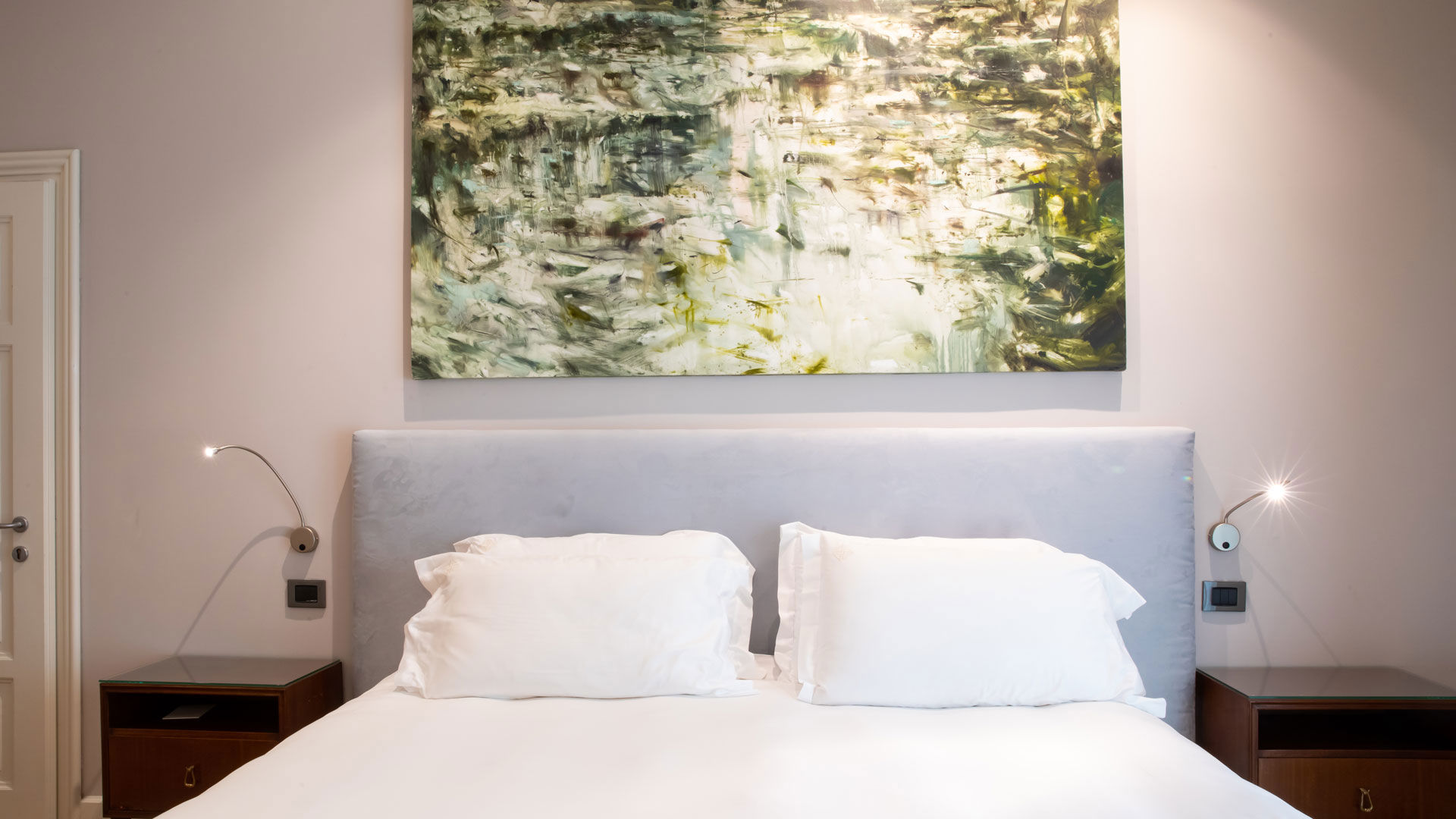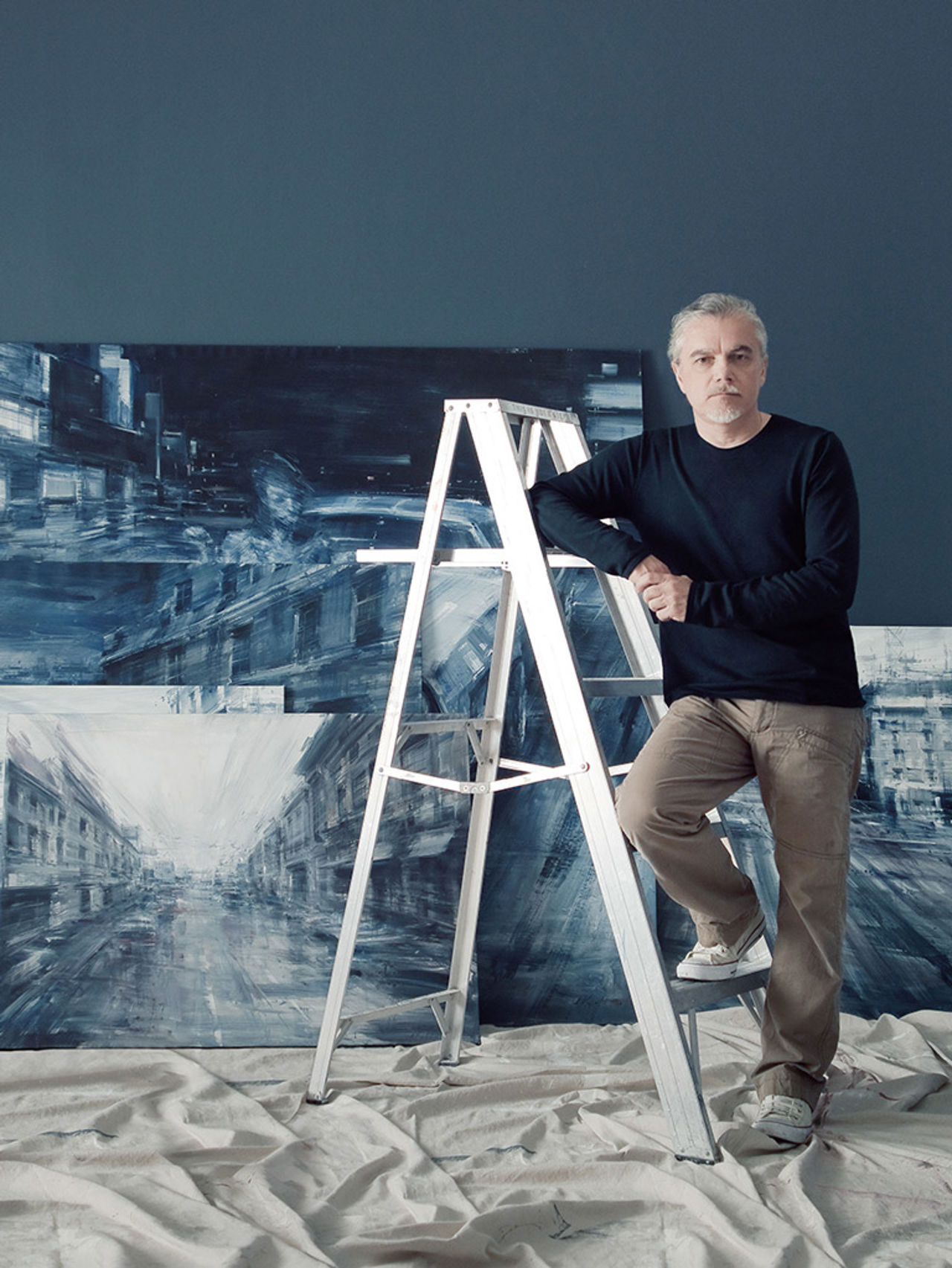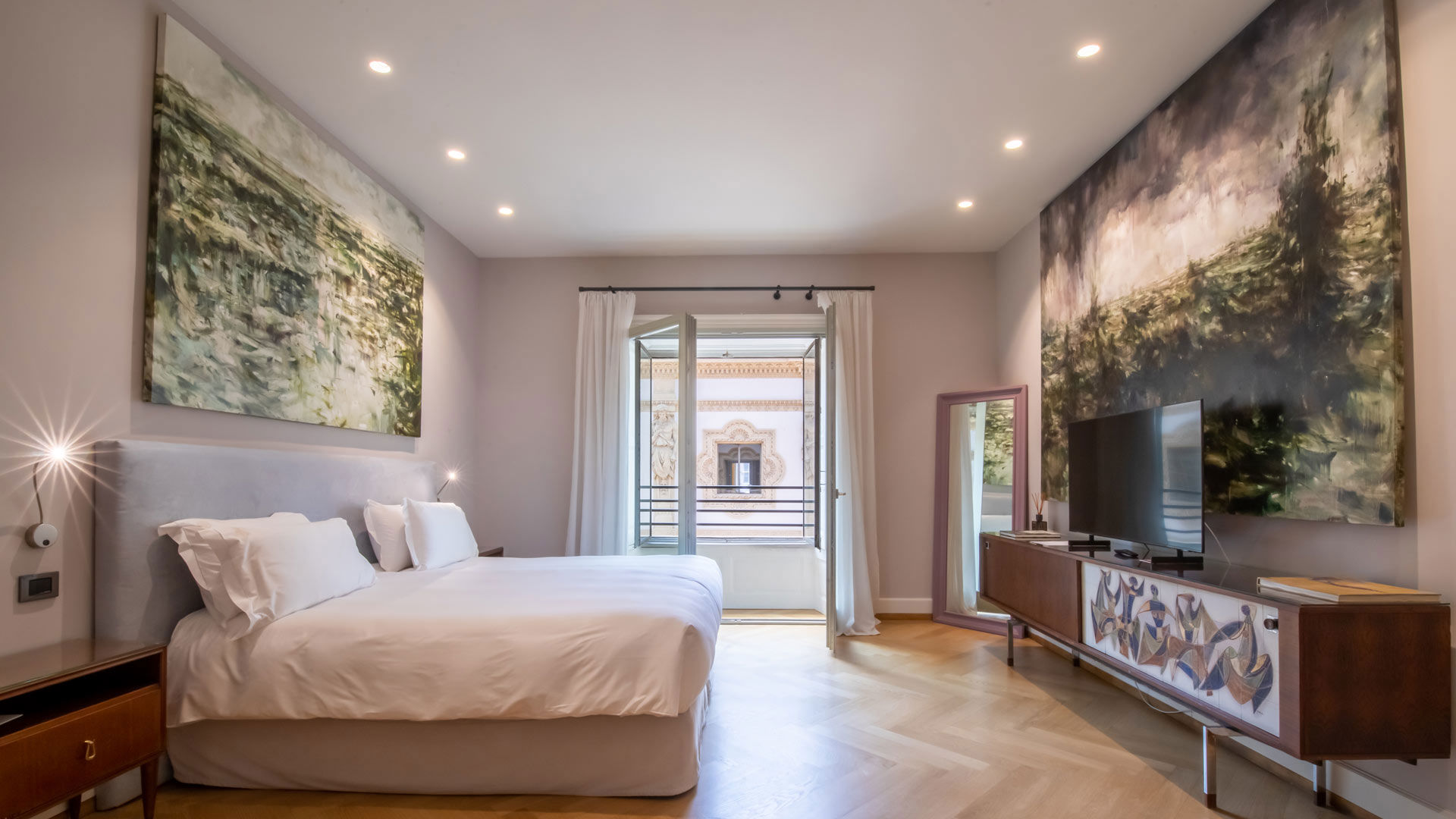Papetti has worked extensively on the themes of disorientation and deconstruction of the contemporary landscape as a metaphor for a more general loss of existential and ethical references in today's society. Among the main subjects of his paintings there are the urban landscapes, made with a fast, vibrant mark as if they were taken from the window of a running train, or of a desolate, endless countryside, flooded in an immense and desolate blue, pregnant with the feeling of an ancient and nameless drama.
Alessandro Papetti
Artists


Industrial interiors, full of disused machinery, like relics of work that have now lost their reference points and basic values. The shipyards, the "water squares", in which nocturnal or diurnal water becomes a means of estrangement, catapulting the spectator into a dimension that no longer seems to be part of the real in the strict sense, but rather of the territories of the unconscious and memory, of fear and inner darkness. His work on the landscape is, paradoxically, always and only a discourse on human existence: on the one who, looking at the landscape, or painting it, or photographing it, forms and gives it substance.
Alessandro Papetti was born in Milan in 1958, where he lives and works.
From 1995 to 2000 he worked between Milan and Paris. He has exhibite d his works in important museums as: Martin - Gropius Bau, Berlin; PAC, Milan; the Italian Cultural Institute, Tokyo; Villa Manin of Codroipo, Passariano, the Museum of Architecture in Moscow; Palazzo Penna in Perugia. In 2007 at the Musée des Années 30 in Paris, he exhibited a series of paintings dedicated to the Renault factories. Also in 2007, Vittorio Sgarbi invited him to participate at the exhibition at the Palazzo Reale in Milan Arte Italiana, 1968 - 2007. In September 2009, Palazzo Reale in Milan hosts his personal show curated by Achille Bonito Oliva. In 2011 he exhibited at the Italian Pavilion of the Venice Biennial. His work is part of the Intesa Sanpaolo collection and has been exhibited in the historic buildings of the Galleria d’Italia in Venice and Naples.


